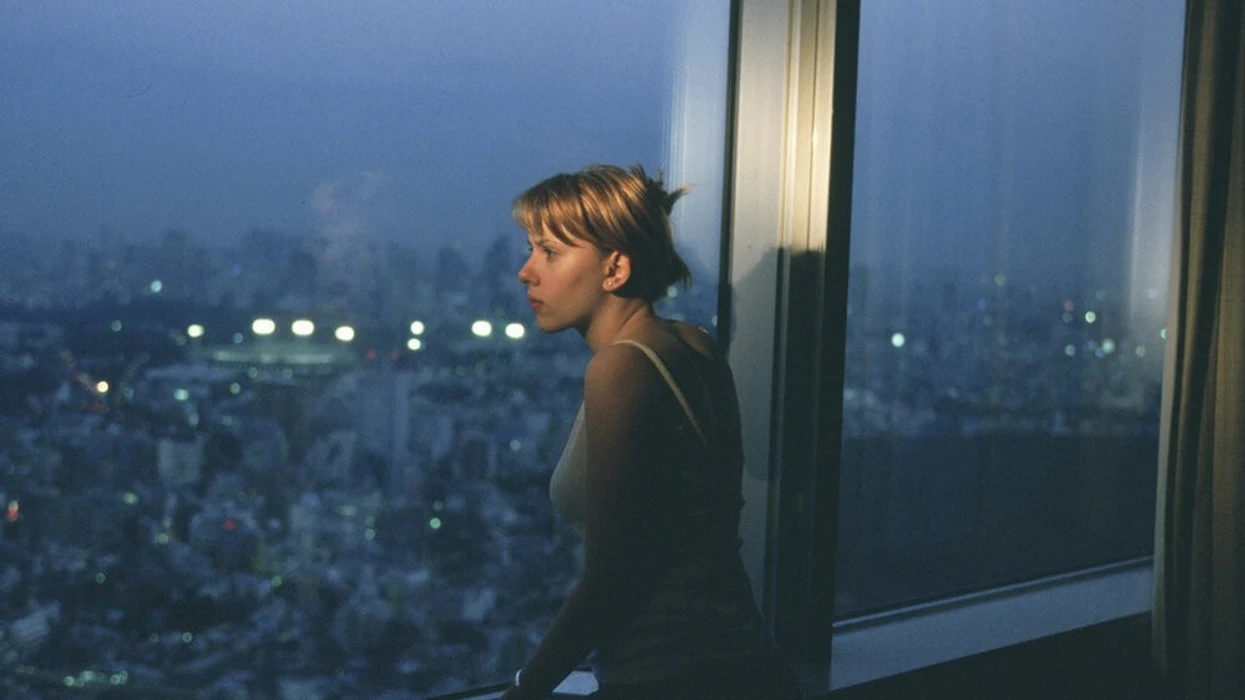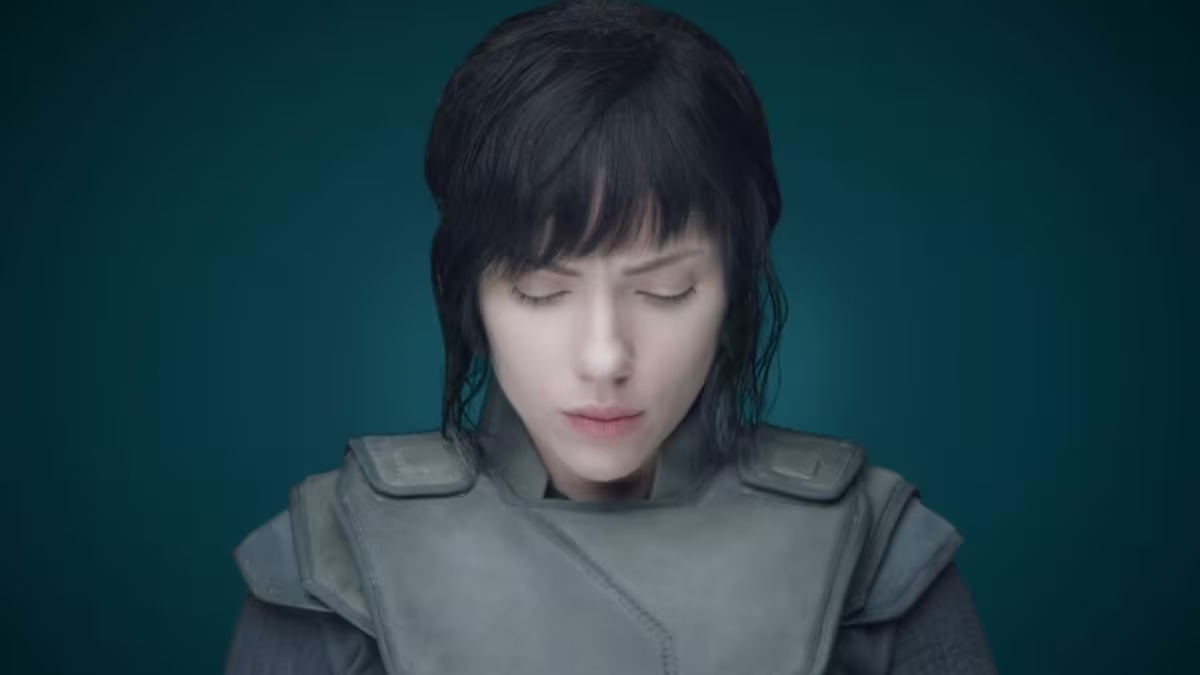Scarlett Johansson, known globally for her charismatic roles and a significant presence in the entertainment industry, faced what could be described as the most grueling challenge of her career during the filming of Lost in Translation. At the tender age of seventeen, Johansson embarked on a journey that would not only test her resilience but also catapult her into stardom.
Lost in Translation, directed by Sofia Coppola, became a critical and commercial success, grossing $118 million against a modest budget of $4 million and securing a remarkable 95% score on Rotten Tomatoes. However, behind the scenes, the journey was anything but smooth. Johansson, still in her late teens, found herself grappling with the pressures of a demanding role while being physically and emotionally removed from her familiar surroundings.

Navigating Early Challenges in Tokyo
In the role of Charlotte, an American college graduate in Tokyo, Johansson portrayed the nuanced emotional landscape of a young woman finding her way through the labyrinth of adulthood. Her character forms a poignant connection with Bill Murray’s Bob Harris, bonding over shared insomnia and existential ruminations in a foreign land.
“That movie was hard to make. It was far away. It was 26 days. We were shooting day for night, and night for day. I don’t know that we totally knew what it was. Sofia did. She saw what we were getting, but it wasn’t like everything was on the page. The script was 76 pages.”
This role required Johansson to delve into the emotional and physical rigors of filmmaking, further complicated by her youth and inexperience. Despite these challenges, she described the experience not as miserable but as an intense learning curve.
“It was challenging because I was very young and away from my high school boyfriend. I was sort of isolated in that environment, and it was just hard work.”

A Stereotype that Followed
The impact of Lost in Translation on Johansson’s career trajectory was profound, swiftly elevating her to the status of Hollywood’s It Girl. Yet, this rise came with its own set of challenges. Johansson found herself typecast in roles that emphasized her as an object of desire—a “bombshell” stereotype that she later discussed critically.
During her appearance on the Table for Two with Bruce Bozzi podcast, Johansson candidly expressed her frustrations with this pigeonholing, stating:
“I did ‘Lost in Translation’ and ‘Girl With the Pearl Earring,’ and by that point, I was 18, 19 and I was coming into my own womanhood and learning my own desirability and sexuality. I was kind of being groomed, in a way, to be this what you call a bombshell-type actor. I was playing the other woman and the object of desire and I suddenly found myself cornered in this place. I couldn’t get out of it.”

Overcoming Stereotypes and Embracing Diverse Roles
Despite these early pigeonholes, Johansson demonstrated remarkable resilience and versatility by choosing roles that allowed her to showcase her wide-ranging talents. Her portrayal of Black Widow in the Marvel Cinematic Universe, while initially fraught with sexualization, eventually evolved into a portrayal of strength and complexity, thanks to her advocacy and the evolving landscape of Hollywood regarding female characters.
Scarlett Johansson’s journey from a seventeen-year-old actress facing immense challenges in a foreign country to a leading lady in Hollywood is a testament to her perseverance and talent. Her story serves as an inspiring example for young actors and actresses navigating the complexities of the film industry, proving that with hard work and determination, one can overcome stereotypical boundaries to carve out a successful and respected career.
